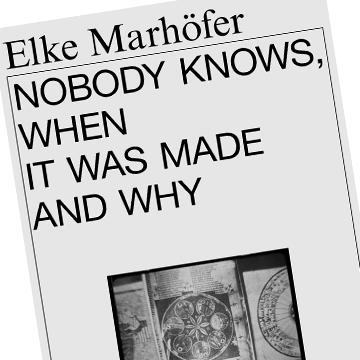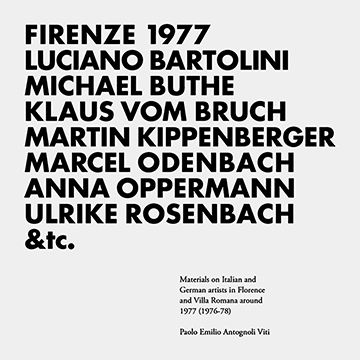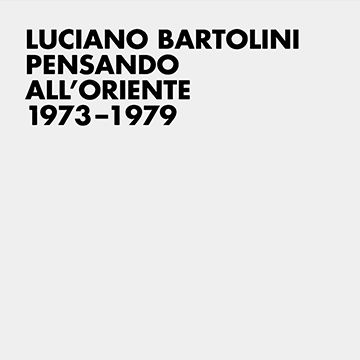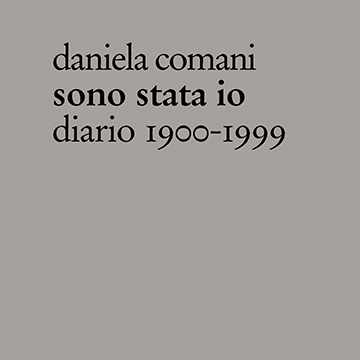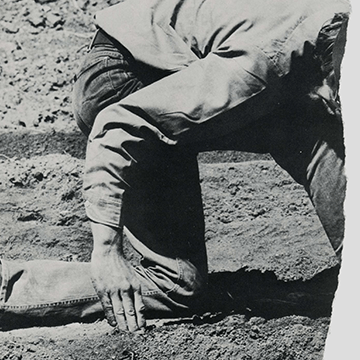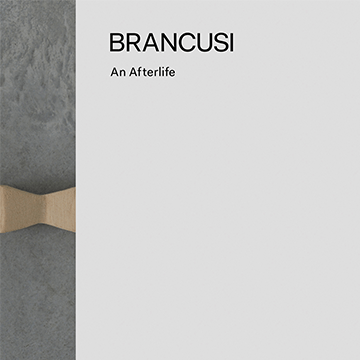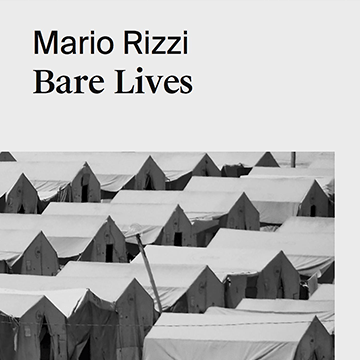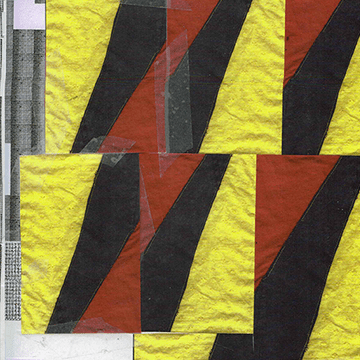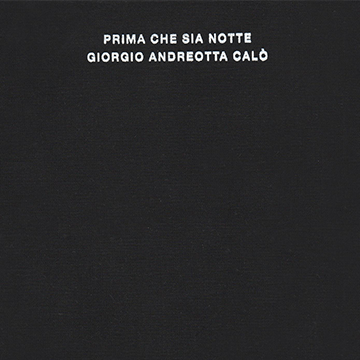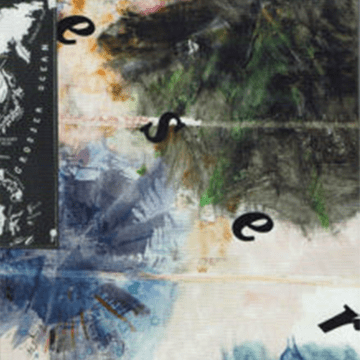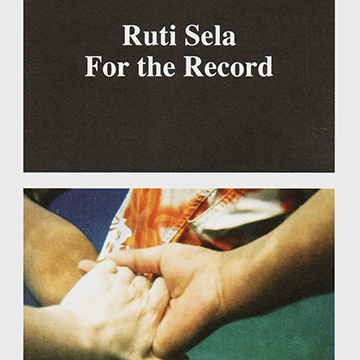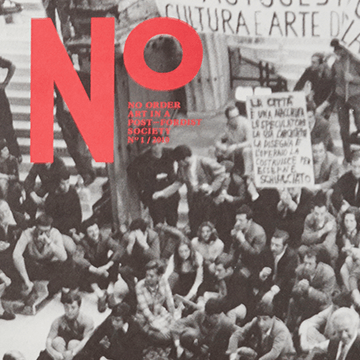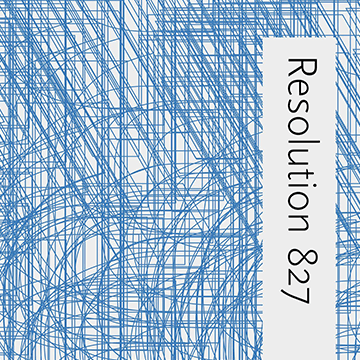The publication takes a fresh look at Aby Warburg’s prominent Mnemosyne Atlas. Reflecting on the fact that research, be it art or science based, is a historical and anthropological procedure that is closely related to colonialism, the film and the two essays rethink how Warburg creates a relational and trans-cultural methodology. Inhuman and animating forces of images, things, animals, people, minerals, amulets and dices, solar and lunar eclipses, intestines, magic stones and starry heavens stemming from Iran, Iraq, Syria and Jordan suggest exploring Mnemosyne Atlas outside of European cultural history and the imagination of itself.
Category: Titles
Firenze 1977
Firenze 77 tells the story of a number of artists who passed through Florence, and Villa Romana, between the second half of the 1970s and the early 1980s. This book brings together a series of notes, comments, book summaries and various kinds of devices and does not pretend to be other than a collection of heterogeneous, autonomous material and is open to the prospect of a future, broader and unified work.
Pensando All’Oriente 1973–79
This publication was made in collaboration with Archivio Luciano Bartolini, which since 1994 – the year of the artist’s death – has conducted careful research for the conservation and cataloguing of his works. Created in parallel with the volume Firenze 1977 it takes a position of ideal continuity with the essay by Paolo Emilio Antognoli Viti, accompanying the historical-critical recontextualization of the figure of the artist with an important tool of documentation on his work from 1973 to 1979.
Sono stata io. Diario 1900-1999
Sono stata io. Diario 1900-1999 di Daniela Comani è un diario dove sono riportati 366 giorni di un anno bisestile (dal 1 gennaio al 31 dicembre), fatti accaduti realmente nel secolo ventesimo. L’io narrante assume alternativamente il ruolo della vittima e quello dell'artefice, indentificandosi come autore/autrice - impossibile - dei fatti che hanno pregnato un secolo intero. Gli anni relativi ai giorni sono consultabili nella cronologia in appendice.
It Was Me. Diary 1900-1999
Daniela Comani’s project It Was Me. Diary 1900-1999 is a diary of 366 days (from January 1st to December 31st) on facts that really happened in the 20th Century. The diary is written in the first person and the narrator assumes alternatively the role of the victim and the role of the perpetrator, as individual – impossible – author of the pregnant events in the history of a whole century. The chronology in the appendix indicates the years of the facts everyday.
Frequency-Modulated Scenario
What difference does it make if a newspaper reports on a worker protest as if it were a theatre piece? Why does an argument in the neighbors’ apartment sound like a radio play? When was the term Lebensraum decolonized? How can Little Red Riding Hood get hold of the copyright for her own character? Who dresses up as whom in order to belong to what group? What happens when not much is happening, but lots of airtime has been scheduled for news broadcasts?
At a radio station called The Listener’s Voice, freedom of speech is supposed to be guaranteed by a computerized moderator taking listeners’ calls. Yet, the moderator was not only programmed for an unplanned architecture of discourse that sprawls into environments of potential violence, ambiguous sexuality, and rowdy beauty, but also to make identifying data anonymous. Double-sided, invisible, and acoustic masks are at work. Cyber-radio comes into conflict with human memory.
Summer Winter East West
Display and its social dimensions are leitmotifs in the multiform art practice of Martin Beck. His exhibition ‘Last Night’ at Kunsthaus Glarus reflected on the relations between exhibiting and community by bringing together two bodies of works: one drawing on modern exhibition history, the other building on the history of countercultural communes in the 1960s and early 1970s United States. Summer Winter East West discusses Beck’s engagement with display not only as a tool of presentation but also as a form of communication – within and beyond the realm of the exhibition. What are the possibilities for imaging community? How can togetherness be presented (or present itself), and to what degree is exhibiting already an aspect of community building?
Brancusi. An Afterlife
Posthumous interpretations of the life and work of Constantin Brancusi, as employed by Alexandra Croitoru in her artistic research, are part of what can be understood as the ‘Brancusi effect’ in post-Stalinist Romanian culture. Unlike the established concept of influence, which denotes a relationship of causality between an active agent and a passive receptor, the term ‘effect’, the same as ‘afterlife’, has the advantage of affirming a plurality of cultural agents that contribute to a given cultural construct; it also allows the affirmation of a retrospective influence on the meaning of Brancusi via terms such as re-contextualisation, re-modeling, re-signification, etc. The cultural signifier Brancusi has inevitably expanded its range of significations. Readings of it, as well as its cultural meaning, can no longer be purely aesthetic.
Bare Lives
In Bare Lives Mario Rizzi portays Yazidi refugee camps and their inhabitants, exploring hidden stories and consequences of the so-called ‘Arab Spring’ and how they entangled individual political lives and wider geopolitics of the region.
Da Cauda à Cabeça
Published on the occasion of Carla Filipe’s show da cauda à cabeça (from tail to head), this monograph, the first ever dedicated to the artist, focuses on the project presented at Museu Coleção Berardo, with an essay by the curator Pedro Lapa, and a comprehensive documentation of the show. It also refers to a number of previous projects selected or especially created by Carla Filipe. The book features additional texts by Vít Havránek and Pedro G. Romero, and an interview with Stephan Dillemuth, contextualize both the artist’s work and this project in particular, which summarises to some extent the artist’s investigation into Portuguese railroads. The publication was conceptualised by Carla Filipe in close collaboration with Gonçalo Sena, who also designed it.
Prima Che Sia Notte
This monograph has been published in connection with the MAXXI’s Premio Italia Contemporanea prize that Giorgio Andreotta Calò won in 2012 and was developed in collaboration with him focusing on his installation Prima Che Sia Notte. The work of Calò — performative and ephemeral — rests at the intersection of art and architecture. He intervenes on buildings and landscape, appropriating and transforming architecture and space into symbolic and aesthetic experiences. His most significant works include a series of walks that took him 1,600 miles through France, Spain, and Portugal, or 98km along the abandoned coastal train line in Lebanon, or the appropriation of the abandoned parliament building in Sarajevo which he illuminated from sunset to sunrise with an artificial light.
Eser
Eser is a comprehensive publication on Judith Raum’s works, installations and lecture performance texts from 2011 to 2014. It is also a theoretical reader and material collection on the semi-colonial advance of German entrepreneurs and bankers into the Ottoman Empire before World War I in connection with the construction of the Anatolian Railway. In this frame, the logic of capitalism and geopolitical interests connected the engineers’ tasks with less obvious efforts: to get a hold of Anatolian agriculture, archaeology and the working conditions in the country. Judith Raum’s work suggests that gestures and rhetoric of power and domination are the consequences of an economic principle that did not end with the colonial era and in fact persist today. Her works and texts take her research on site and in archives as a starting point, they exhibit an autonomous aesthetic dimension, however, and as such suggest an alternative approach to ‘artistic research’.
For The Record
For over a decade Ruti Sela’s work has been focused on activating and documenting power relations as these are performed around the camera through sexuality, militarism, parenthood, and professional relations. Under the conditions of neoliberal optics of entertainment and surveillance, Sela’s films offer a groundbreaking visual ethics which is explored in this book by Yair Garbuz, Vít Havránek, Julia Moritz, Joshua Simon, Eduardo Thomas and Ana Teixeira Pinto.
No Order
No Order editorial research focuses on the relationships between contemporary art systems and capitalism’s production processes. By means of an investigation into current creative industries – and their social, economic and semiotic assemblages – the contributions (essays, interviews and dialogues as well as artists’ projects) aim to deconstruct, analyse and intervene within the ambit of the procedures and forms of cognitive capitalism. It concentrates, in particular, on the phenomena of the ‘biennalisation’, ‘financialisation’ and ‘spectacularisation’ of the political, beginning with the control and distribution of forms of artistic education, production and display on a global scale.
Resolution 827
This publication's title references the UN Security Counsel Resolution that in 1993 established the International Criminal Tribunal for the former Yugoslavia (ICTY). It is the outcome of a collaboration between Stedelijk Museum Bureau Amsterdam and the Museum of Contemporary Art, Belgrade. Previously taking the form of an exhibition and artist presentations at SMBA and a panel discussion hosted by the Stedelijk Museum's Public Program, it now finds it result in this publication that brings together various texts by the participating artists, visual documentation of their works and adaptions of the discussions that took place.
